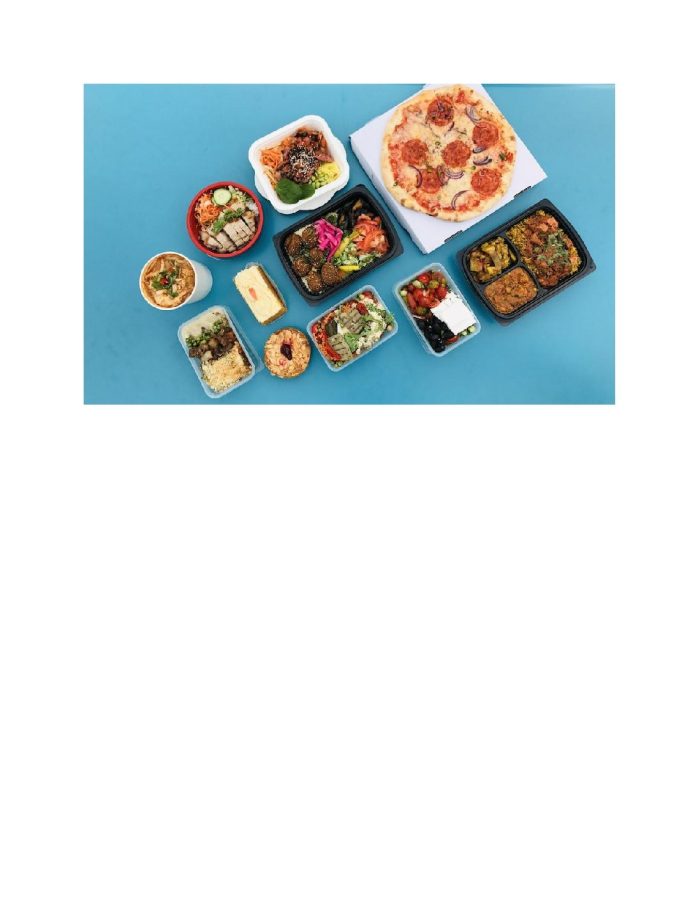School Lunches In America Compared To Japan
January 20, 2023
Many of us who attend public school have had school lunches at some point. I have not eaten much school food, but from my few experiences, I was curious. I wanted to know if many other countries had normalized donuts for breakfast and pizza and apple juice for lunch. After some research, I realized this is more of an issue than any of us are aware of.
Here at Peninsula, taking a cooking class is no longer required. Not many people think much of this, but I think this is a crucial issue. The school no longer requires us to take classes that teach us to be independent adults and learn a balanced diet. Our generation is likely to be dependent on things as simple as feeding ourselves nutritious food. An article written by Kylie Cheung states, “In fact, less than 25 percent of American students actually take classes like Family and Consumer Science, which address healthy eating. In Japan, however, students are taught basic cooking to prepare their own lunches in public schools from a young age. And where the U.S. has among the highest child obesity rates in the world at more than one-third, Japan has among the lowest;” This is a crisis we are dealing with in America, and rarely any of us are being educated on it.
The students in Japan are not only educated on how to prepare meals themselves, but they are also given nutritious foods during school time. Japan Educational Travel posted an article regarding information about school lunches in Japan. The website quotes, “Japanese school lunches are not made from frozen ingredients. In many cases, they are made from scratch in schools. The preparation work is streamlined, and hygiene and nutrition management is conducted in the cooking facility.” The students in Japan are surrounded by constant positive examples correlating to nutrition. However, it is quite the opposite here in America.
A healthy diet for children is critical for a multitude of reasons. Juliana Cohen, an assistant professor of health sciences, was interviewed by CNN. In the interview, she clarified this about childrens’ diets: “When kids eat healthier foods, this can have a really important impact on their cognitive functioning, which can then translate potentially to better academic performance.” Students need proper nutrition to attain academic achievements, and yet we are surrounded by many poor influences.
The food served at school lunch is normalizing students having an unbalanced diet. If we were surrounded by better food options, it would positively impact how we feel, and we would also see positive impacts on how we think and act. The schools should go back to requiring a class that educates students on how to provide healthy food for themselves.
Sources:
Cheung, K. (2016, March 2). These photos of school lunches from around the world put the U.S. to shame. ATTN. Retrieved January 13, 2023, from https://archive.attn.com/stories/6085/school-lunches-around-world-compared-to-the-united-states
Howard, J. (2018, April 9). How school lunches measure up in countries around the world. CNN. Retrieved January 13, 2023, from https://www.cnn.com/2018/04/09/health/school-lunches-in-other-countries-parenting-without-borders-intl/index.html
Lunch in Japanese schools. JAPAN Educational Travel. (2022, February 15). Retrieved January 13, 2023, from https://education.jnto.go.jp/en/school-in-japan/school-life-in-japan/lunch-in-japanese-schools/













